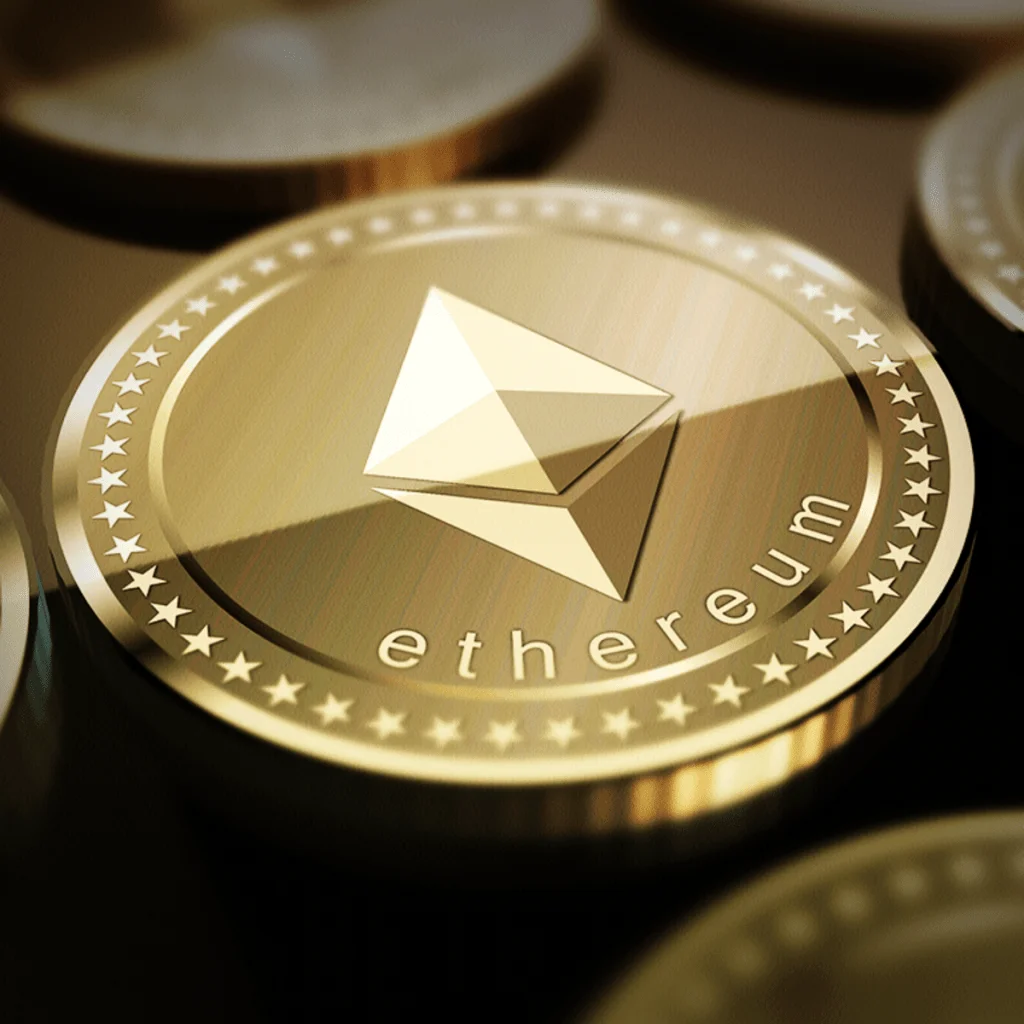A new integration could help it convert its popularity on Ethereum to a new group of assets on Algorand’s Uniswap.

Balancer is coming to Algorania, one of the largest decentralized exchanges built on Ethereum. This is yet another example of a major DeFi project that spreads to one of its rivals beyond Ethereum.
The Balancer “will be the first automated market maker (AMM) that is available to the Algorand community for use,” according to a press release. It’s a bigger rival, Uniswap and SushiSwap, in this way.
The tool will be developed by the Reach team, a language used to create decentralized apps in Algorand. Balancer Labs tweeted that the project was not developed but that it had awarded Algorand a $5000 grant. In his release, Jeremy Musighi, its growth manager, says, “We are delighted to offer support through the Balancer Ecosystem Fund to the Algorand and Reach teams and to see how the new implementation will work and how it can grow as a liquidity source in the Algorandan environment for the future.”
Like Ethereum, Algorand is running intelligent contracts, which are the computer code that automates transactions and removes the requirements for external applications, and decentralized applications. This includes the suite of free intermediaries known as the “decentralized finance,” borrowings and trading instruments (DeFi).
Balancer is a cog in the DeFi ecosystem of Ethereum. DeFi Pulse says it is the fourth largest decentralized exchange in total value, referring to crypto in dollars stored on the network by people
Decentralized exchanges, or DEXs, are places for trading and participating in DeFi, without confiding their funds to third parties. Balancer uses liquidity pools as an automatic marketmaker (AMM) that prevent buyers from being matched directly with sellers. Intelligent lifting contracts.
However, as long as the protocol of Balancer is located at Ethereum blockchain the ERC20 tokens can only be swaped, the asset type that is built on top of Ethereum. Expands to Algorand, opening trade in a new set of assets built on top of the Algorand Standard Assets blockchain.
“When Balancer services are leveraged on Algorand, trading pairs will be possible with any Algorand Standard Asset (ASA),” wrote DEX in a newspaper statement. “As Algorand’s high performing blockchain accelerates the number of assets issued, this is a huge chance for mass adoption.”
Balancer won’t be alone. Balancer won’t be alone. Circle’s USDC stablecoin last year announced its expansion into Algorandia, which will help crypto traders get on track.
Reach’s work to integrate Balancer in the blockchain of Algorand does not mean that Balancer forsakes Ethereum, as it has a minimum involvement in the project. “The focus is exclusively on Ethereum and the upcoming launch of Balancer V2,” it tweeted following news about the integration broken in Algorand.
However, the network is still under pressure as competitors such as Algoranda, Cardano and Solana exploit weaknesses in Ethereum: congestion and high charges.
This congestion is due in part to the first motor benefits of Ethereum as the in-house network to enter into intelligent contracts and applications. But Ethereum hasn’t yet switched from work evidence to a scalable, evidence-of-stake consensus algorithm.
The transition is ongoing to Ethereum 2.0. Phase 0 started last year and Ethereum devs recently suggested it could be ready earlier than expected to provide proof of stakes.
